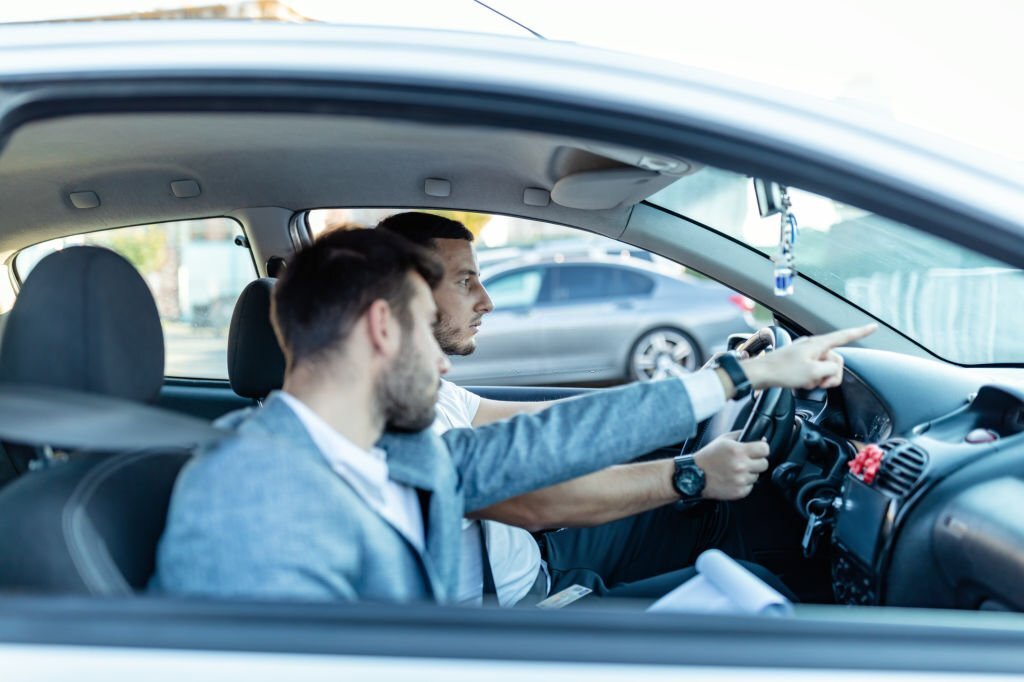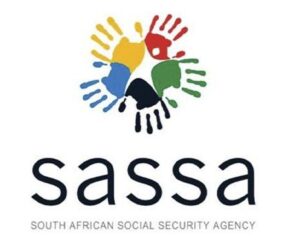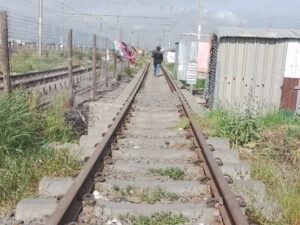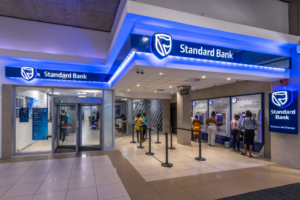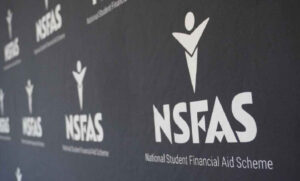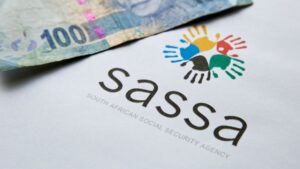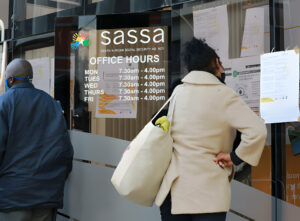South Africa’s journey to obtaining a driver’s license begins with securing a learner license. This temporary driving permit is not just a rite of passage but a mandatory step in the country’s driving education system. Here’s a comprehensive look at the process, requirements, and what to expect.
The Essence of a Learner License
A learner license is more than just a piece of paper; it’s a testament to an individual’s preliminary understanding of driving in South Africa. This permit allows individuals to practice driving, albeit under specific conditions, laying the foundation for eventually obtaining a full driver’s license.
Documentation: The First Step
Before you can even think about booking an appointment, there’s paperwork to be done. While the exact requirements might differ slightly from one province to another, the general list of documents you’ll need includes:
- Identity Document (ID) or a valid Passport
- Proof of residential address, which could be a utility bill, bank statement, or lease agreement
- Proof of legal presence in South Africa, such as a work permit or asylum seeker permit, if applicable
- Two recent passport-sized photographs
Ensuring that these documents are both valid and current is crucial to a smooth booking process.
Making the Booking: A Digital Affair
The digital age has made booking a learner license appointment a breeze. Here’s how:
- Start by visiting the official website of the Department of Transport or your provincial licensing authority. Remember, each province might have its own unique booking system.
- Navigate to the section dedicated to learner licenses or driver’s licenses.
- Opt to book a learner license appointment.
- Input your personal details, including your full name, ID number, and contact details.
- Provide the necessary documentation details.
- Select a suitable date and time for your learner license test. Availability might differ based on demand in your region.
- Review your booking details and finalize the application.
The Cost of Learning
Nothing in life is free, and this includes booking a learner license appointment. The fees can differ based on the province and the specific type of learner license you’re applying for. Payment options typically range from credit/debit cards and electronic funds transfers to cash deposits at specific payment locations.
What’s Next? Confirmation and Details
Once you’ve successfully booked and paid, expect a confirmation detailing the date, time, and venue of your learner license test.
The Learner License Test: A Deep Dive
This written examination is designed to gauge your understanding of road signs, rules, and regulations. Here’s a closer look:
- Preparation is Key: The official learner license manual, provided by the Department of Transport or the provincial licensing authority, is your bible. It covers everything from road signs and rules to essential driving knowledge.
- What to Expect: Typically, the test comprises multiple-choice questions. The exact number and the pass mark might vary by province. Topics span road signs, traffic laws, vehicle controls, and defensive driving techniques.
- On the Day: Aim to be at the testing center at least 15 minutes before your appointment. Don’t forget your appointment confirmation and your ID or passport.
- Results and the Road Ahead: Post-test, you’ll be immediately informed of your results. A pass will earn you a learner license card, valid for a set duration, allowing you to drive under specific conditions, like being accompanied by a licensed driver. If you don’t succeed, there’s always a chance to retake the test after a set waiting period. It’s worth investing more time in preparation before your next attempt.
The Fine Print: Learner License Restrictions
Holding a learner license comes with its own set of rules:
- Always be accompanied by a licensed driver when behind the wheel.
- Display L-plates (learner plates) on both the front and rear of the vehicle.
- Avoid driving on highways or freeways.
- Stay updated on any other specific restrictions set by the licensing authority.
For those eager to navigate South Africa’s roads, the learner license is the first step. By understanding and following the process, you’re not just closer to getting a full driver’s license but also becoming a responsible participant on the country’s roads.

